This wonderful Cornish workshop and museum is dedicated to the legacy of studio pottery trailblazer Bernard Leach
The best new art books to enjoy in May
The best new art books to enjoy in May
14 May 2021
From artists’ sartorial style to the beauty of illuminated addresses, these books are cultural must-haves
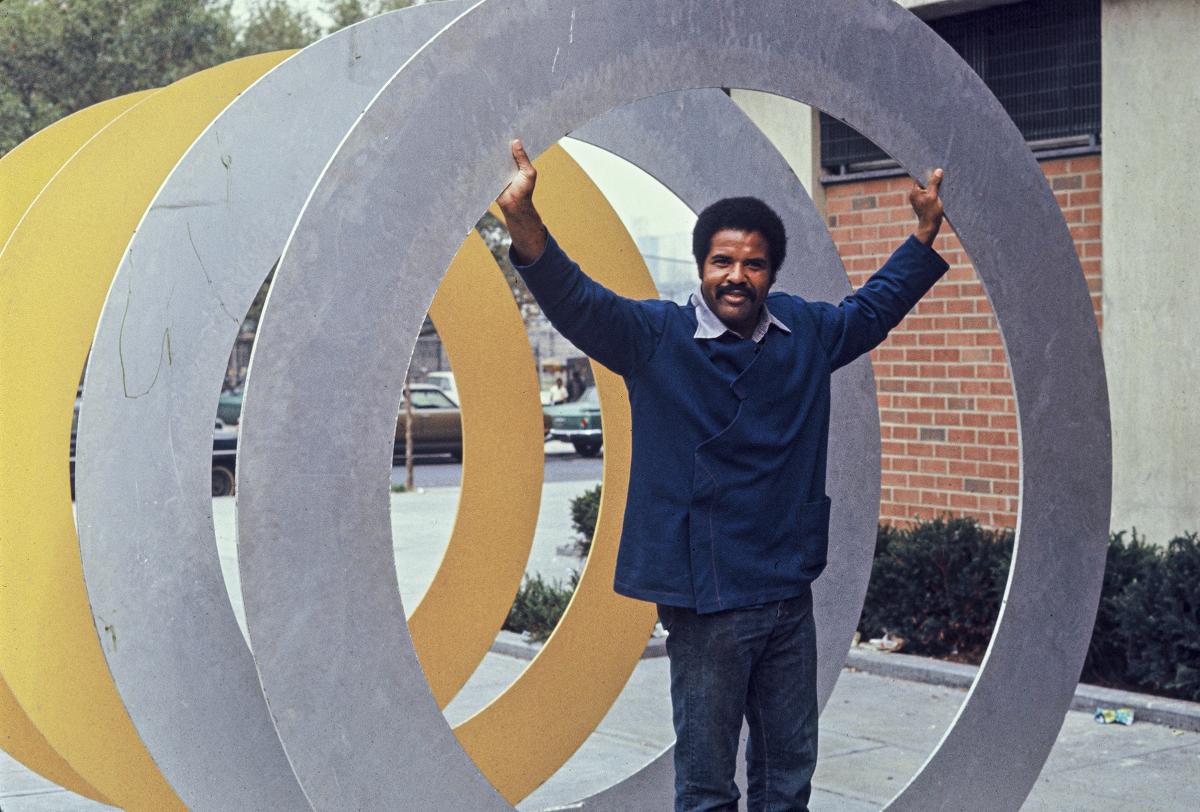 Melvin Edwards with his sculpture, Double Circles, 1970. Photo: Courtesy the artist/Alexander Gray Associates, New York and Stephen Friedman Gallery, London
Melvin Edwards with his sculpture, Double Circles, 1970. Photo: Courtesy the artist/Alexander Gray Associates, New York and Stephen Friedman Gallery, London
What Artists Wear
By Charlie Porter (Penguin, £14.99)
After more than a year of pandemic-dressing, it can be hard to recall how the clothes in our wardrobes ever translated to coherent outfits; or that clothes can be a means through which we communicate – whether that’s who we are or who we want to be (even just for an evening).
In Charlie Porter’s What Artists Wear, the author chronicles the iconic outfits worn by creatives – in the studio, on stage, at work, at home and at play – and places them in the context of their power as revealing tools of expression, forms of storytelling and resistance. From workwear to tailoring, classic blue jeans to elaborate costume, Porter presents a sort-of manifesto on how we might imagine the world anew, starting with the clothes we wear.
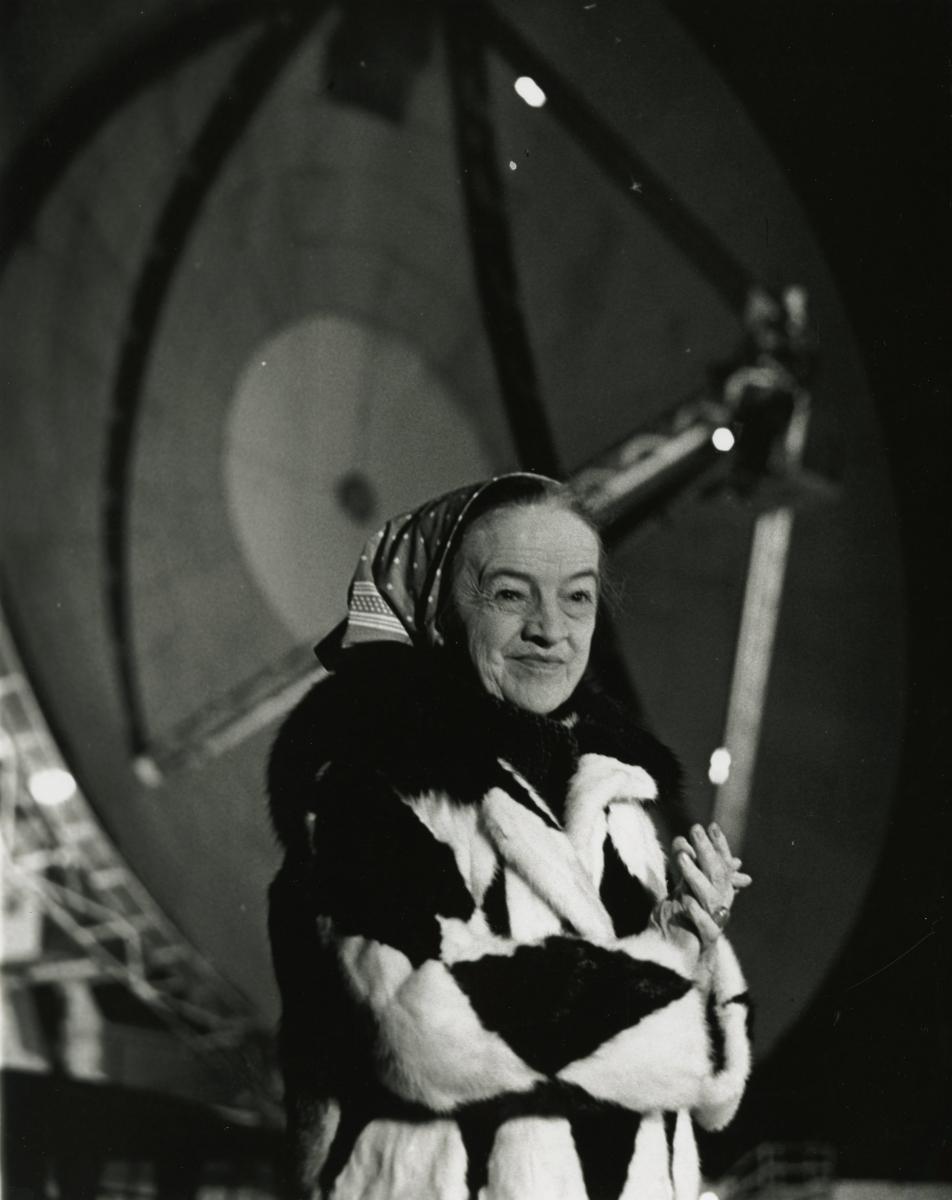 Barbara Hepworth at Goonhilly Satellite Station, near Helston, Cornwall, c1966. © Bowness, Hepworth Estate Photograph: Ander Gunn
Barbara Hepworth at Goonhilly Satellite Station, near Helston, Cornwall, c1966. © Bowness, Hepworth Estate Photograph: Ander Gunn
Barbara Hepworth: Art & Life
By Eleanor Clayton (Thames & Hudson, £25)
In the foreword to Barbara Hepworth: Art & Life, Eleanor Clayton recalls how an interviewer once told Hepworth that her work was ‘very organic’, to which she replied: ‘It’s meant to be… I’m organic myself.’ Having been thought of in her lifetime as cool and restrained, what’s in fact integral to Hepworth’s work is a sense of connection; to the elements, to the spirits, to herself, other people and the pull of the earth’s magnetism.
While most exhibitions on Hepworth’s practice have focused on her Modernist abstract sculpture, this biography – and the exhibition at The Hepworth Wakefield – extends throughout her career, shedding new light on her interests and relationships, and how the artist held conflicting ideas and forces, and made sense of them through her work.
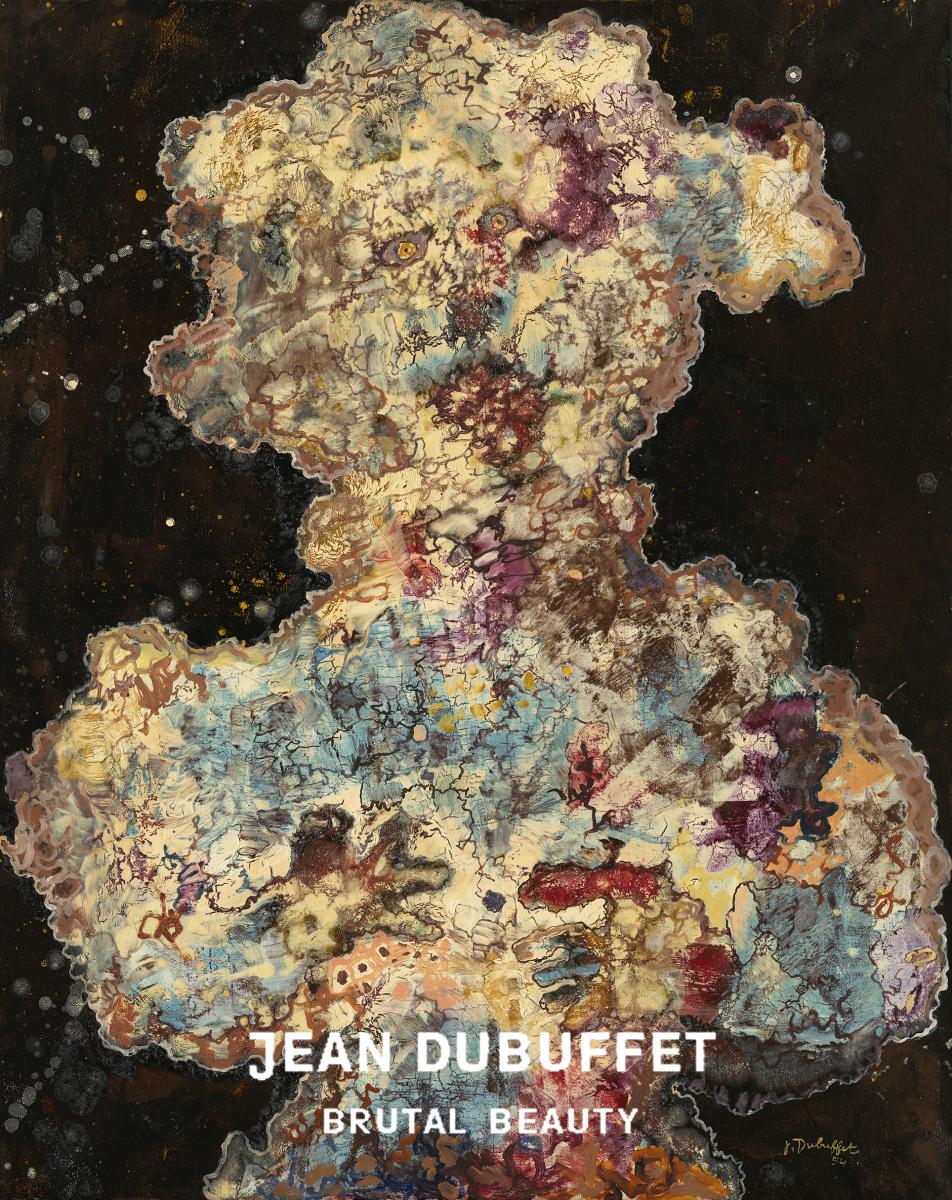
Jean Dubuffet: Brutal Beauty
By Eleanor Nairne (Prestel, £39.99)
Living in the recently liberated Paris, Jean Dubuffet devoted himself to life as an artist in 1945; writing Notes for the Well-Read, which became the guiding light for his practice that sought to upturn the conventions of beaux arts. In the hope of authentically capturing the energy and torment of everyday life, he dedicated himself to amateurism, scavenging and innovation, listening and responding with expressive vitality.
Dubuffet saw the figure of the painter as someone with ‘enchanted materials that seem to have a will of their own… like someone who wields lightning’. Jean Dubuffet: Brutal Beauty represents his drive to move beyond the convention of the time, and his vision that art should be for everyone, not just the elite.
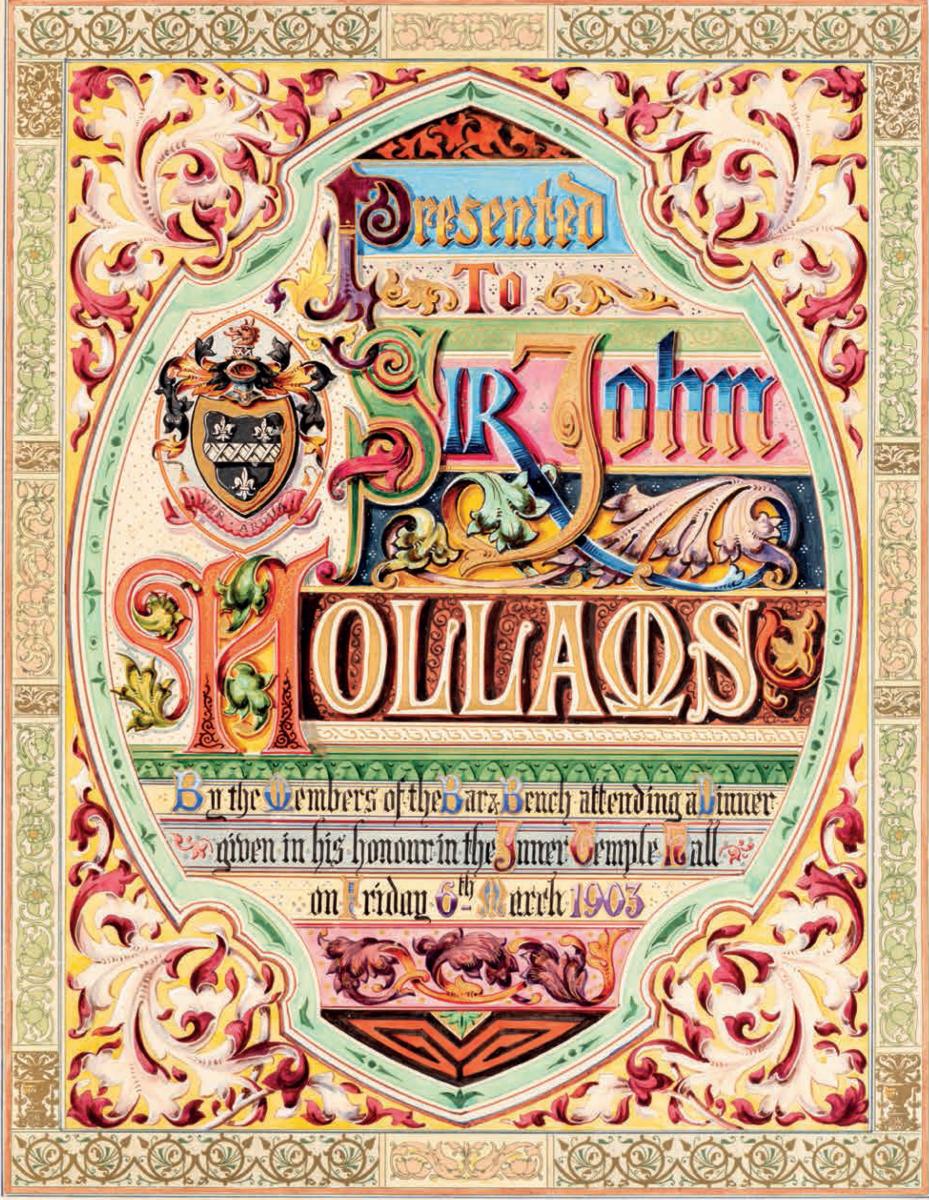
Beauty in Letters: A Selection of Illuminated Addresses
By John P Wilson (Unicorn, £25)
Trimmed in gold, floral wreath borders, abstract repeat patterns interspersed with shields, crests, or a phoenix rising from the ashes, illuminated addresses were most popular in the Victorian era. A display of wealth and power that could be masked as generosity, with letters being sent – having hired a calligrapher – to celebrate achievements or express thanks, they were designed to be cherished, and were understood as markers of superiority.
It’s hard to imagine individuals, institutions or businesses going to such efforts now, when communication is mostly digital. In Beauty in Letters: A Selection of Illuminated Addresses, we can appreciate the skill of calligraphy and embellishment, and understand how it is representative of broader narratives.
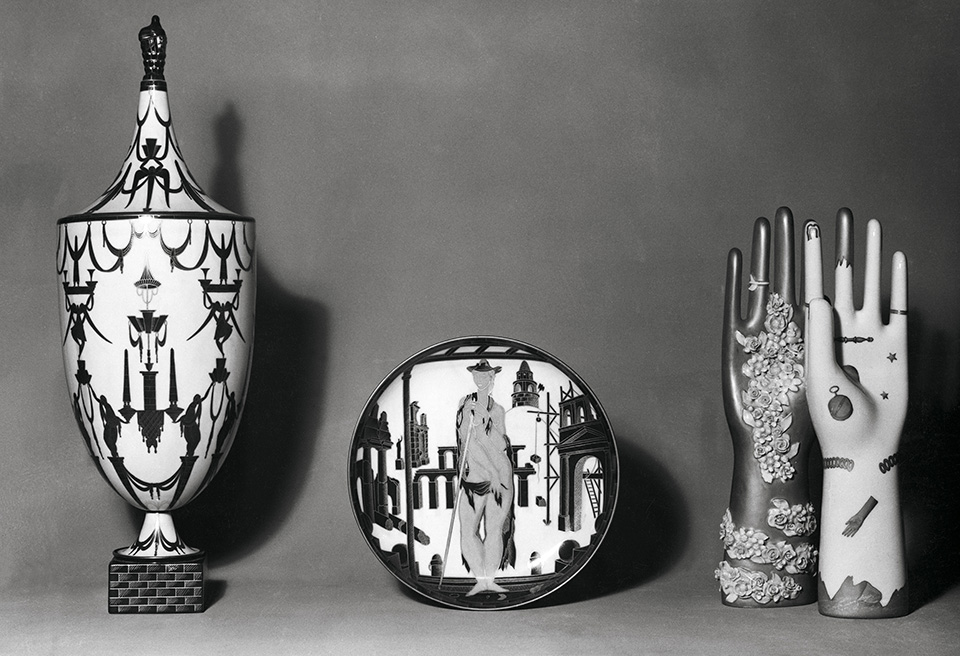
Gio Ponti
Edited by Karl Kolbitz (Taschen, £200)
Gio Ponti gave the same attention to the design of a teaspoon as he did an entire city. Moving between his work as a product designer, architect, art director, writer and publisher, he maintained a unifying vision defined by Modernist values and the potential of architecture as a ‘self-illuminating stage’ for humanity.
The scale of the tome reflects the extent of Ponti’s impact. A record of projects that advance over six decades, Gio Ponti frames each project in the context in which it was made through original texts developed in collaboration with the Gio Ponti Archives, providing a window to the man behind the work.
About the Author
The Arts Society
JOIN OUR MAILING LIST
Become an instant expert!
Find out more about the arts by becoming a Supporter of The Arts Society.
For just £20 a year you will receive invitations to exclusive member events and courses, special offers and concessions, our regular newsletter and our beautiful arts magazine, full of news, views, events and artist profiles.
FIND YOUR NEAREST SOCIETY
MORE FEATURES
Ever wanted to write a crime novel? As Britain’s annual crime writing festival opens, we uncover some top leads
It’s just 10 days until the Summer Olympic Games open in Paris. To mark the moment, Simon Inglis reveals how art and design play a key part in this, the world’s most spectacular multi-sport competition



